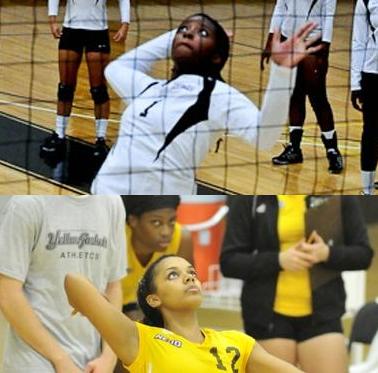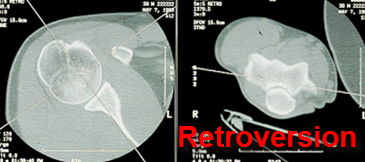This is a piece I did for my good friend and colleague, Coach Daniel Martinez, an expert in the world of volleyball performance and training. When we’re taking our athletes through assesments or screenings a number of common findings tend to manifest whether its volleyball, baseball, or other overhead sports.
Overhead athletes require a delicate balance of both shoulder stability and shoulder mobility relative to their sport. Certain structural and functional consequences arise, and are magnified, depending on how hard the athletes throw, strike, or swim. Functionally, for example, it’s advantageous for swimmers to have hyper shoulder mobility given the correlation with greater stroke length and swimming speed as it is for a baseball pitchers to exhibit greater external rotation allowing for a greater “cocking phase” and subsequent ball velocity to home plate. Volleyball, handball, and tennis athletes also benefit from increased “lay back” of the humerus during the cocking phase. Interestingly, this increased external rotation at the glenohumeral joint is accompanied by a loss of internal rotation. The total motion of the shoulder (ER + IR), or “arc”, tends to shift backwards on the throwing/striking shoulder. This is due to the external rotators of the shoulder having to eccentrically decelerate the high velocity of throwing/striking and stiffening up as a result, hence moving the arc of total motion posteriorly. At the scapular thoracic joint, overhead athletes tend to have increase scapular protraction, decreased upward rotation, and increase anterior tilt.

Structurally, it’s common to find these same athletes with posterior capsule stiffening which many will agree has a cause and effect relationship with the concurrently acquired anterior hyperlaxity in throwing/striking shoulders. The anterior aspect (hyperlaxity) represents the end result of gradual stretching of passive shoulder restraints whereas the posterior aspect describes the stiffening of passive restraints. If the athlete has been engaging in high velocity humeral IR movements since their youth, it’s likely they’ll also present with varying degrees of humeral retroversion. This is due to the fact early in life, about 12-16 years old, our humeral growth plates are still not solidified and violent throwing/striking during these developmental years can cause the plate to twist backward because of the large amounts of deceleration and close in an altered state resulting in us having naturally more external shoulder rotation for the rest of our lives.

At the end of the day the higher the velocity with which the athletes throw or strike, the more likely they are to present with inefficiencies/dysfunctions or pathology. This tells us a lot about what to expect when dealing with high level overhead athletes who’ve been throwing, striking, or swimming for a long time.
Subscribe to our FREE newsletter and get exclusive content as well as updates on site happenings.